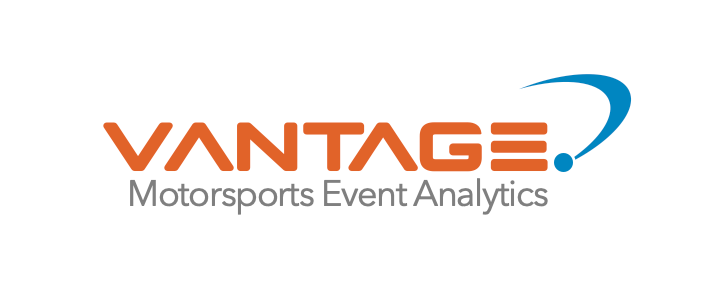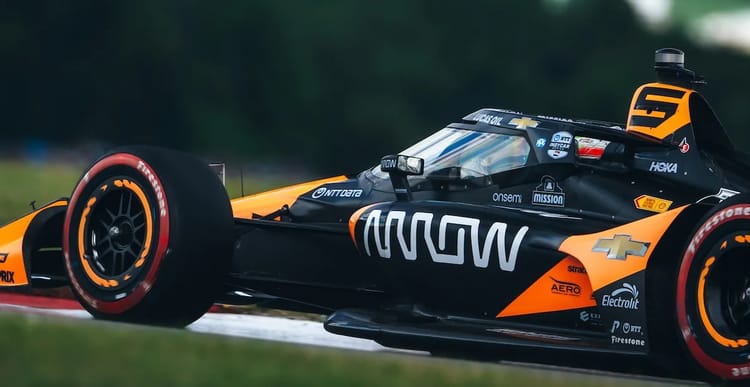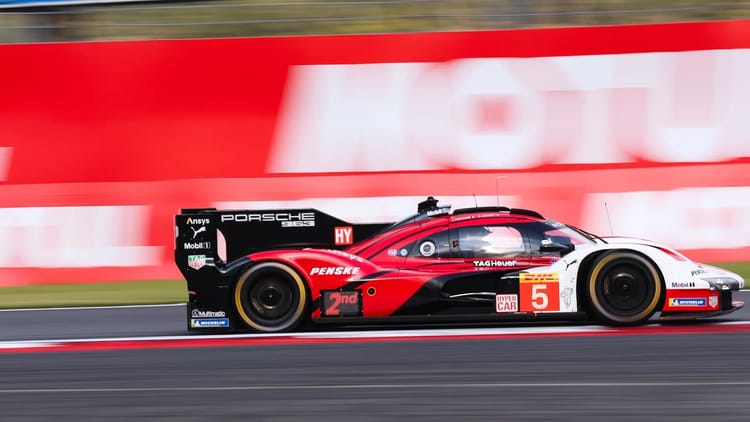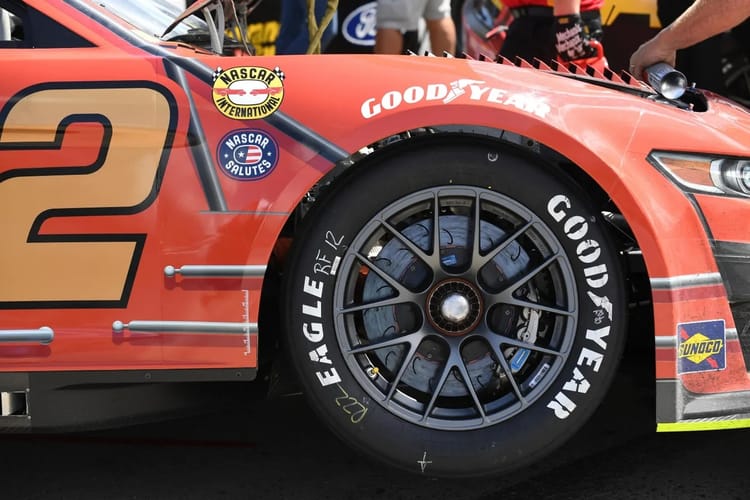Apple’s $140M F1 Deal Redefines US Broadcast Landscape: Streaming Takes the Pole
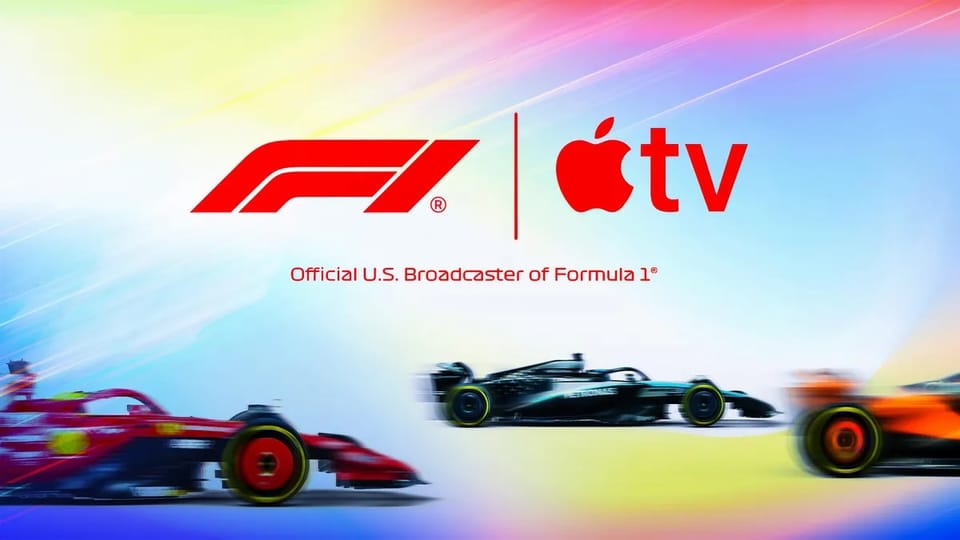
Formula 1's new exclusive US media rights agreement with Apple, effective from 2026, is projected to generate $140 million annually, a substantial 55% increase over the current $90 million per year from ESPN.
This five-year deal underscores the evolving dynamics of motorsports broadcasting, where streaming platforms are capturing premium rights to capitalize on digital-native audiences. As viewership surges, such exclusivity arrangements promise enhanced revenue streams for rights holders like F1.
The transition from traditional cable to streaming reflects broader industry trends. ESPN's contract, which began as a no-fee arrangement in 2018 and escalated to $90 million yearly, has fueled significant growth in US interest. Now, Apple's entry signals a maturation of the market, prioritizing integrated digital experiences over linear TV.
"Apple's offer estimated at $120-150 million per year, compared to ESPN's $90 million annual fee." (The New York Times, October 17, 2025)
This financial uplift directly bolsters F1's global revenue, with broadcaster fees comprising a key component. Approximately half of these funds are distributed as prize money to teams, amplifying the deal's impact on competitive equity.
US fanbase expansion has been pivotal. From niche appeal to mainstream status, the sport's growth aligns with strategic investments in content like Netflix's Drive to Survive and the recent F1 movie.
What Drives the Shift to Streaming Exclusivity?
Demographic changes are central to this evolution. Newer fans, particularly those engaging with the sport for five years or less, skew younger and more diverse. This shift supports the rationale for platforms like Apple TV, which excel in mobile and app-based consumption.
Survey data highlights this trend. The influx of Gen Z viewers, accustomed to on-demand content, makes exclusivity deals attractive for rights optimization.
"47% of new U.S. Formula 1 fans, who have been following the sport for five years or less, are aged 18-24; over half are female." (Apple Newsroom, October 17, 2025)
Such composition correlates with higher digital engagement rates. Sponsors benefit from targeted activations, as younger audiences drive social media interactions and merchandise sales.
Viewership metrics further justify the move. Steady increases have positioned F1 as a rising force in US sports media, outpacing initial expectations.
"F1 races are averaging 1.4 million viewers this season across ESPN, ESPN2 and ABC, ahead of the all-time series record average of 1.21 million." (ESPN Press Room, September 9, 2025)
This 15% growth over prior records demonstrates sustained momentum. Streaming exclusivity can build on this by offering flexible access, potentially reducing piracy and cord-cutting losses.
The deal's structure emphasizes accessibility. While exclusive to Apple TV subscribers for full coverage, select races and practice sessions will be free, balancing revenue with fan acquisition. Integrations across Apple ecosystems—like live updates in Apple Sports—enhance user retention.
Economic factors also play a role. F1's US presence, with three Grands Prix in Austin, Miami, and Las Vegas, generates substantial local revenue, but broadcast deals scale this nationally.
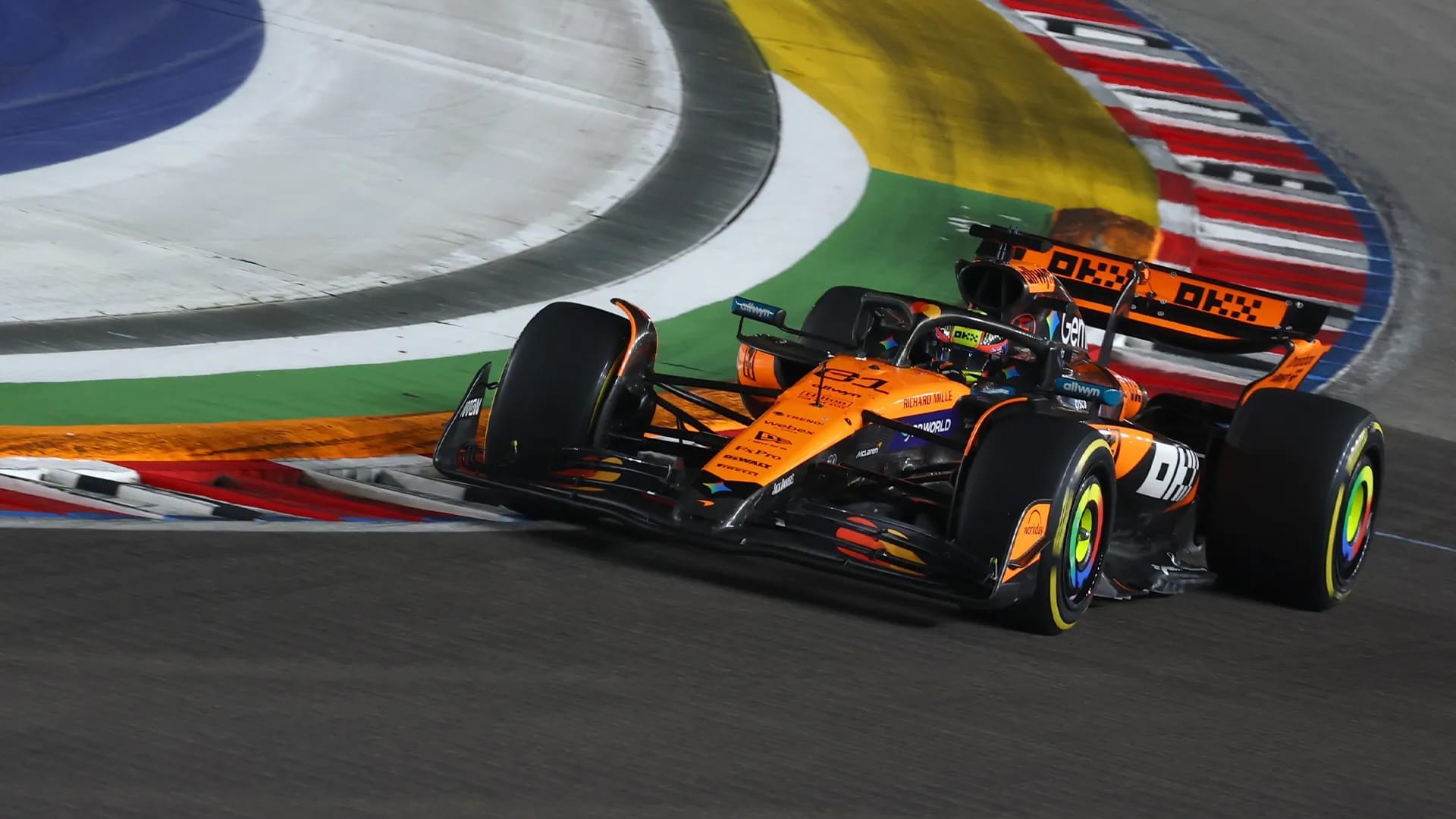
How Will This Reshape Revenue and Engagement in Motorsports?
Revenue implications extend beyond the headline figure. The $140 million annual commitment from Apple represents a premium valuation, reflecting F1's bargaining power amid competitive bidding from platforms like Netflix and Amazon.
"Neither F1 nor Apple have disclosed the financial terms of the deal but reports are around a $140 million annual fee figure." (Insider Sport, October 17, 2025)
This escalation aligns with F1's strategy to monetize its US surge, where the fanbase has ballooned significantly. Enhanced funds enable investments in technology, sustainability, and global expansion.
"The US F1 fanbase reached 52 million in 2024." (Apple Newsroom, October 17, 2025)
Such scale amplifies ancillary revenues, from sponsorships to merchandise. Brands targeting tech-savvy demographics find value in Apple's platform, where data analytics can refine ad placements.
Engagement strategies will evolve accordingly. Streaming allows for personalized content, such as real-time stats and interactive features, fostering deeper connections. This could lift average session times, a key metric for advertiser ROI.
Potential challenges include accessibility barriers. Shifting to a subscription model risks alienating casual viewers accustomed to ESPN's broader reach. However, free tiers mitigate this, as evidenced by similar transitions in other sports.
Comparative analysis shows motorsports' adaptability. NASCAR and IndyCar have pursued hybrid models, but F1's full exclusivity bets on streaming's dominance, supported by viewership trends.
Sponsors stand to gain from demographic alignment. With over half of new fans female and young, partnerships can diversify beyond traditional automotive sectors, into lifestyle and tech.
Operational impacts for teams are notable. Increased prize money from broadcaster fees supports budget cap compliance and talent retention, enhancing on-track competition.
The deal's timing leverages cultural momentum. The Brad Pitt-led F1 movie, grossing over $628 million, has introduced the sport to new audiences, priming them for digital consumption.
Overall, this arrangement positions F1 at the forefront of sports media innovation, where data-driven exclusivity drives sustainable growth.
So What?
For motorsports stakeholders—rights holders, teams, sponsors, and broadcasters—the Apple-F1 exclusivity deal illustrates how data analytics can identify optimal streaming partnerships to boost revenue, such as by leveraging viewership growth metrics to negotiate premiums that elevate annual fees by 55% and distribute enhanced prize money for competitive balance. By adopting similar insights from Vantage Motorsports Event Analytics, entities can spot demographic trends like the rise in 18-24-year-old fans to tailor engagement strategies, optimizing content delivery through app integrations for higher retention and personalized experiences that improve sponsor ROI via targeted advertising.
Event organizers benefit from analyzing fanbase expansions to refine US market activations, ensuring Grands Prix capitalize on surging interest for increased attendance and local economic impacts. Sponsors can use these analytics to diversify partnerships, focusing on female and young audiences for broader brand appeal and measurable returns. Subscribing to our free newsletter provides access to ongoing evidence-based discussions, empowering decision-makers to navigate shifting broadcast landscapes and implement solutions that drive long-term value in motorsports.
#ProveYourVantage
Sources
- Inside Formula One's leap to Apple TV to reach the 'minds of American fans', The New York Times, October 17, 2025, https://www.nytimes.com/athletic/6723312/2025/10/17/f1-apple-tv-formula-one-streaming/
- Apple is the exclusive new broadcast partner for Formula 1® in the US, Apple Newsroom, October 17, 2025, https://www.apple.com/newsroom/2025/10/apple-is-the-exclusive-new-broadcast-partner-for-formula-1-in-the-us/
- On Pace for Record Year, ESPN Formula 1 Viewership Earns 10th Event High of 25 Season, ESPN Press Room, September 9, 2025, https://espnpressroom.com/us/press-releases/2025/09/on-pace-for-record-year-espn-formula-1-viewership-earns-10th-event-high-of-25-season/
- Apple to take exclusive US F1 rights from 2026 in five-year deal, Insider Sport, October 17, 2025, https://insidersport.com/2025/10/17/f1-chooses-apple-for-us-streaming/
Vantage. Motorsports Event Analytics levels the track for high-potential U.S. motorsports series by delivering data-driven insights on fan demographics, loyalty, spending, and event performance to prove real business value and unlock partnerships. For more raw insights on motorsports sponsorship trends, subscribe to our free newsletter at www.vantagepointmea.com. Unlock the data that drives wins.
